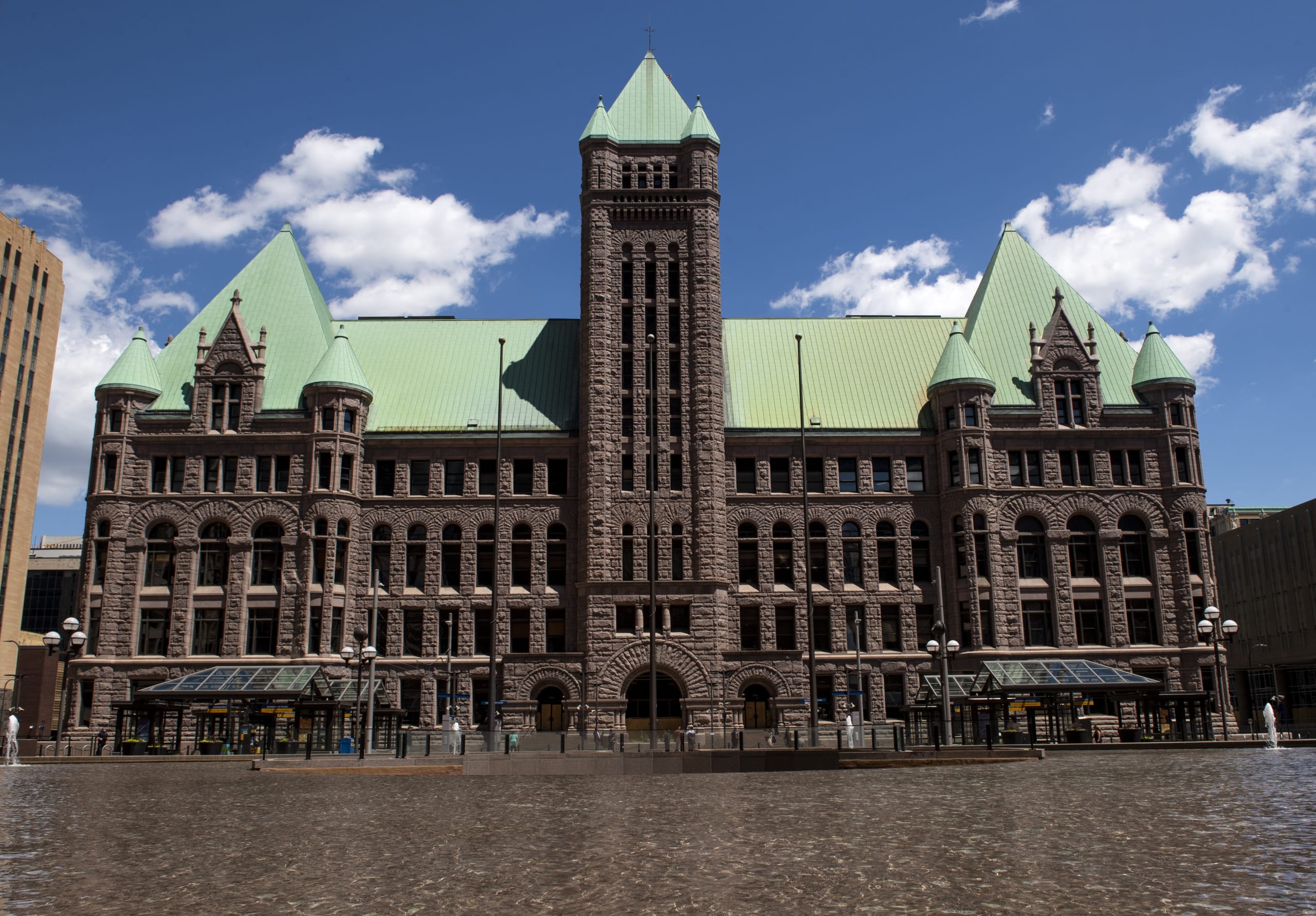Minneapolis Council Clearview Aihatmakertechcrunch

In the bustling landscape of Minneapolis, the city council plays a pivotal role in shaping local governance and policies, often becoming a focal point of public interest and debate. Recent events have illuminated this dynamic, particularly during a nominating event where tensions flared, leading to a brawl that left two individuals injured. Such occurrences reverberate beyond the immediate chaos, reflecting broader societal undercurrents and the complexities of local political engagement.
Minneapolis, a city defined by its rich history and diverse population, has always been a microcosm of American urban life. At its heart lies the city council, a body that not only legislates but also embodies the aspirations and frustrations of its constituents. This recent incident—a shocking spectacle of aggression during a political process—serves as a stark reminder of the stakes involved in local governance. The council, representing various districts, is often a battleground for competing ideologies and needs, reflecting larger national conversations about equity, representation, and justice.
It is within this context that the confluence of technology and governance emerges, specifically through the lens of Clearview AI and its implications on public policy and civil liberties. Clearview AI, a groundbreaking yet controversial technology company, has ignited discussions about surveillance, privacy, and ethical considerations in law enforcement. The tool—designed for facial recognition—has amassed a substantial database by scraping images from social media platforms, prompting widespread apprehension about its use and potential abuse by authorities.
The fascination with such technology stems from its dual-edged nature. On one hand, it promises enhanced security and efficiency in policing, potentially aiding in the resolution of crimes and the apprehension of suspects. On the other hand, it raises alarms about violations of personal privacy and the risk of discriminatory practices against marginalized communities. This dichotomy is particularly pronounced in a city like Minneapolis, where concerns about systemic racism and police accountability have spurred movements aimed at reforming public safety.
The Minneapolis city council's recent fracas can be seen as an eruption of tension stemming from these broader debates. Politicians, advocates, and activists often find themselves at cross-purposes, navigating a labyrinth of community expectations and the ever-evolving technological landscape. As they grapple with solutions to pressing social issues, the specter of technology—especially invasive tools like Clearview AI—looms large, complicating their efforts to establish trust and transparency.
Moreover, the incident reflects a discernible shift in how political engagement is perceived. In an era where dissatisfaction with traditional political processes is rampant, many constituents express their frustrations through volatile means, a phenomenon that reflects a general disillusionment with the efficacy of democratic institutions. The brawl at the nominations may well be symptomatic of this discontent, as individuals become increasingly impatient with the status quo.
A wide array of factors contributes to this cultural milieu. The digital age has redefined communication, instilling a sense of immediacy and urgency into civic discourse. Grassroots movements, fueled by social media, have altered the landscape of political activism, enabling individuals to mobilize swiftly around issues they deem essential. Yet, these same platforms can amplify divisions, leading to conflict when ideas clash in real-time, as seen in Minneapolis.
As the city council seeks to navigate through these tumultuous waters, it must confront the fascinating but fraught intersection of technology and governance. Will the integration of powerful tools like Clearview AI bolster their ability to maintain order and safety, or will it erode public trust and deepen societal rifts? The answer lies not just with policymakers but within the community itself, as residents engage in critical discussions about the type of society they wish to create.
Ultimately, the brawl during the city council nominations highlights a profound truth: that governance is an inherently social endeavor. The complexities of community values, historical legacies of systemic injustice, and the role of technology in shaping human interactions all interplay to create a fluid and often contentious political landscape. This incident, though disturbing, prompts an imperative dialogue about the future trajectory of Minneapolis, and indeed, cities across America.
Moving forward, Minneapolis has an opportunity to redefine its narrative—transforming conflict into collaboration. By fostering a climate of inclusivity, where diverse voices can be heard and respected, the city can embark on a path toward innovative governance that harmonizes community need with technological advancements. Such a shift requires not only reflection and dialogue but a fundamental commitment to ensuring that technology serves as a bridge rather than a barrier to community engagement and empowerment.
In conclusion, the intersection of technology, governance, and community dynamics represents a rich tapestry of challenges and possibilities. Minneapolis stands at a crossroads, faced with the extraordinary task of not only managing the immediate repercussions of recent events but also steering its future—a future that embraces the complexities of modern technology while championing the principles of democratic engagement and social equity. As the city continues to evolve, it remains an emblematic case study for urban America, illuminating both the triumphs and tribulations of civic life in the 21st century.
Post a Comment for "Minneapolis Council Clearview Aihatmakertechcrunch"